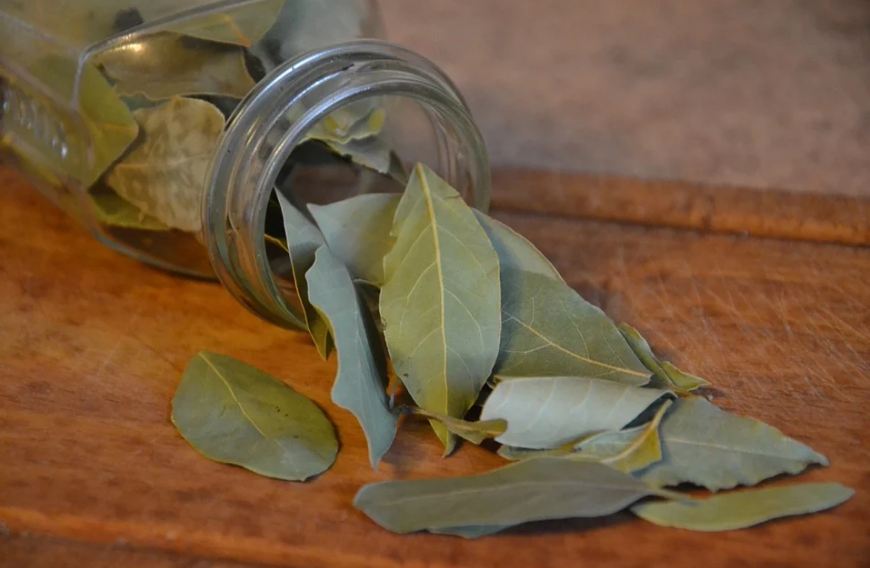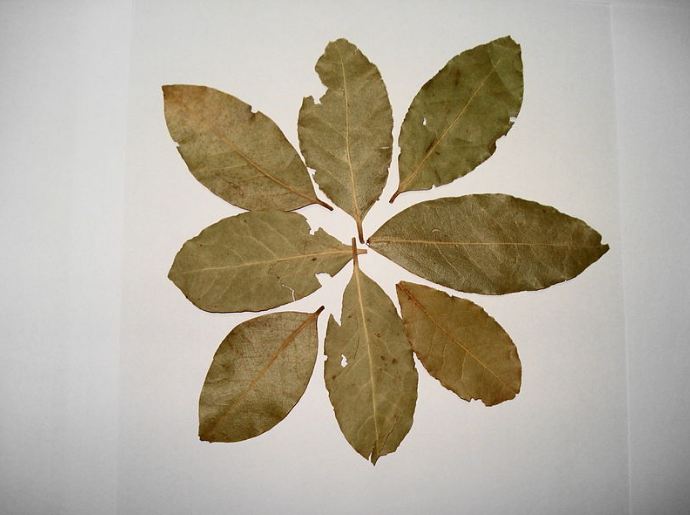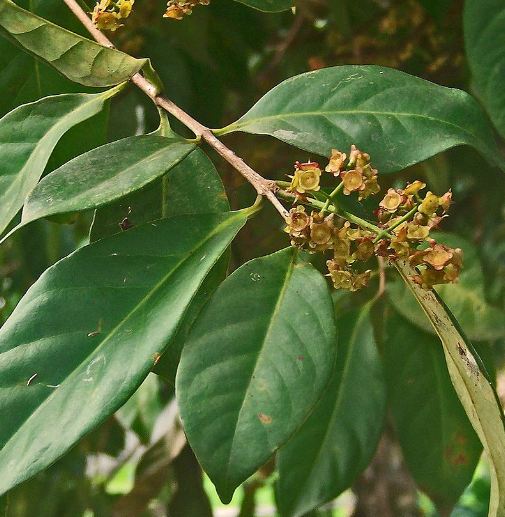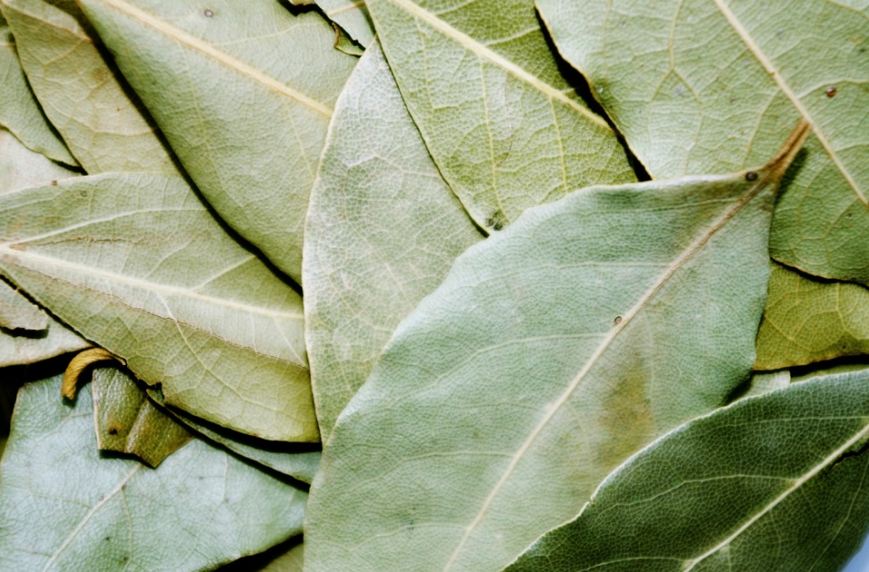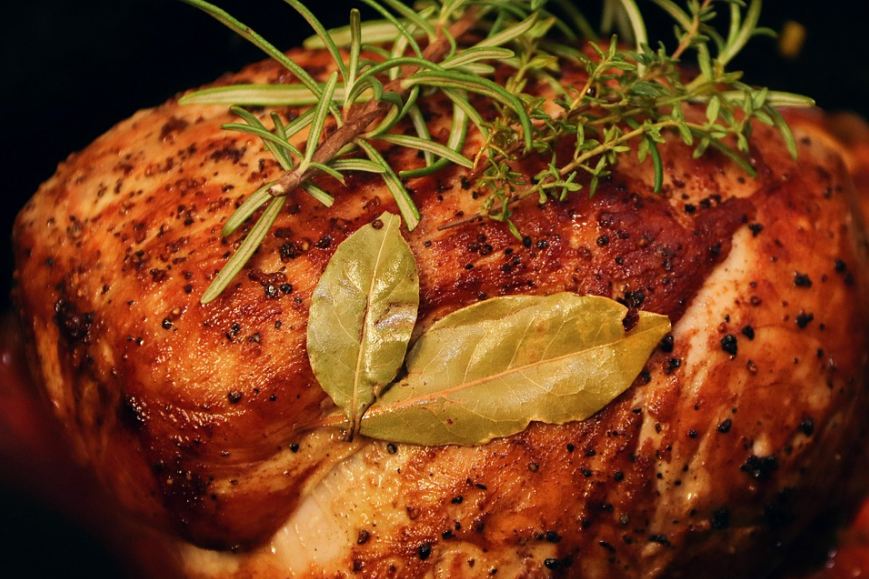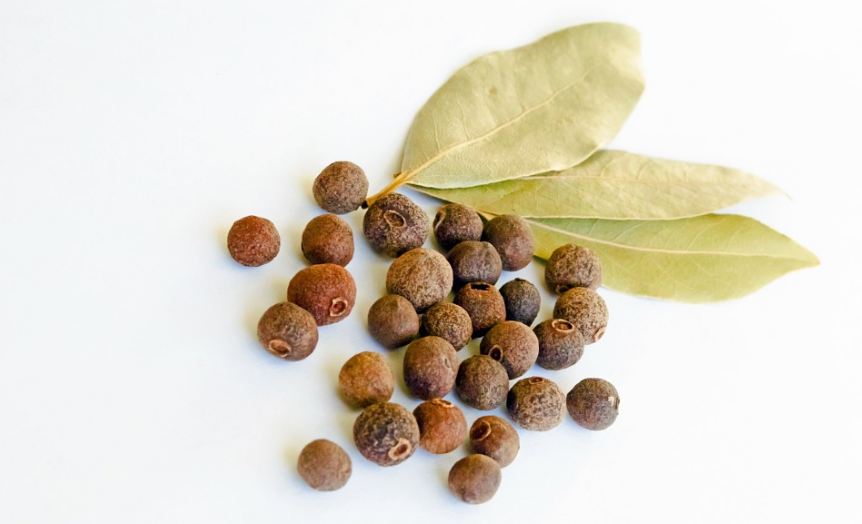There are several kinds of plants containing leaves cited as bay leaves. However, Laurus nobilis is the scientific name of the true bay leaf. Several other leaves have a similar aroma and appearance to true bay leaves, but they are not nutrient-rich like it. True bay leaf is native to the Mediterranean region and is a small plant.
The bay leaves are well-known for their ability to diabetes management and protect the body against oxidative stress. Moreover, they may also aid in digestionoptimization, enhancing heart health, alleviating respiratory issues, and reducing inflammation. Besides health benefits, oils, spice, and teas, the bay leaves serve several different purposes.
Consuming the entire leaf can be unsafe, so you have to be cautious.
Varieties of Bay Leaf Family
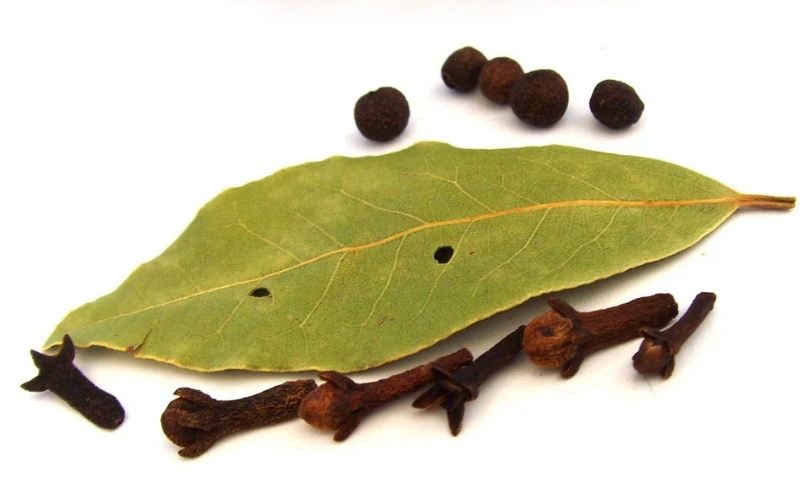
1. Bay Laurel from Turkey (sweet bay)
These belong to the Lauraceae family and grows in France, Turkey, Russia, the Mediterranean, Italy, Belgium, Israel, Central and North America, and India (NE states).
2. Indian Bay leaf or Tej Patta

3. Indonesian Bay Leaf
Also known as Balinese bay leaf or Salam leaf, Indonesia bay leaf belongs to the Myrtaceae family. It is native to Bali, Sumatra, and Java, and as compared to the other bay leaf varieties, it has a faint smell. Upon undergoing specific heat treatment, the Indonesian bay leaf releases its flavor.
4. California Bay Leaf
California laurel or California bay leaf is native to the Northwestern U.S. Coast Range and belongs to the Lauraceae family. It has a strong flavor and several different names, including Oregon myrtle (by Oregon people). Other associated terms with this leaf are peppernut tree, headache tree, spicebush, balm of heaven, pepperwood, mountain laurel, and cinnamon bush.
5. Mexican Bay Leaf
Indigenous to Mexico, this variety of bay leaf belongs to the Lauraceae family. It serves the purpose of seasoning for Mexican dishes and is also commonly used for religious and medicinal causes.
6. West Indian Bay Leaf
Belonging to the Myrtaceae family, this bay leaf is native to the Caribbean region. West Indian bay leaf, also known as ciliment and rum tree, is an important spice in Caribbean cuisine because of its strong aromatic flavor.
Interesting Facts about Bay Leaves
- A bay leaf, commonly used for culinary purposes, is vegetation that can be drive from several plants.
- Bay leaves are used in American, the Mediterranean, and some Asian cuisines. Moreover, the Ancient Greeks used them to add flavor to the foods.
- Bay leaves derive from the plants of the families Myrtaceae and Lauraceae. They are typically light in weight.
- When it comes to color, the bay leaves range from green to a light brown. And you can use them fresh or dried. Bay leaves are usually available in supermarkets in their dried form.
- The flavor of bay leaves ranges from sharp to bitter. Fresh ones have a mild taste, while the dried leaves emit an odor similar to the herbs.
- Bay leaves are rich in iron, vitamin A, manganese, vitamin C, and vitamin B6, and you can use these leaves to make a tea drink as well.
- The food you can flavor with bay leaves includes bread, rice, meat dishes, seafood, soup, condiments, cream, and rice, and the bay leaves are one of the prime ingredients in bouquet garnish (bundle of herbs).
- When obtaining bay leaves, one needs to be cautious because accidentally using leaves similar to bay leaves can be hazardous to humans.
- The aroma from bay leaves can inhibit mold and ward off insects like pantry moths. An oil that is sold as an essential oil can be derived from these leaves.
- In cooking, you can use the ground, crumbled, or whole bay leaves. The first two methods unleash more flavor, and whole or crushed bay leaves get removed from the food before serving because consuming them can be a hazard or unpleasant.
How to Use Bay Leaves?
There are several uses of bay leaves, including crumbling them into a spice to flavor stews and soups. However, for specific Italian dishes, they are commonly added as a flavoring in their raw form. Before consuming the food, the bay leaves are removed or used as a garnish.
Moreover, the extract of these leaves has several medical benefits and uses as well. They are also very well-known in herbal treatment for several respiratory and skin conditions and aromatherapy.
Nutritional Value of Bay leaves
Bay leaves are a rich source of vitamin C and vitamin A. Moreover, these leaves are high in niacin, riboflavin, folic acid, pantothenic acid, and pyridoxine. They also contain trace amounts of minerals, including iron, copper, magnesium, calcium, zinc, potassium, selenium, and manganese.
The bay leaves got their menthol and eucalyptus aroma because of the high levels of essential oils like eugenol and cineol. The high concentration of these oils within the bay leaves have led to their use to soothe a cough, stomach ulcers, and throat and relieve colic and gas. In ancient times, bay leaves were used to treat insect bites and as a bug repellent.
Health Benefits of Bay Leaves
It would be great to include bay leaves into your diet due to the extensive range of benefits they offer. Following are some of the top health benefits of bay leaves:
1. Protect Heart Health
Rutin and caffeic acid, found in bay leaves, are crucial organic compounds that improve our health. Rutin nourishes the extremities of the body and capillary walls in the heart, while caffeic acid aids in the eradication of bad cholesterol or LDL from the cardiovascular system.
2. Manages Diabetes
The research suggests the connection of bay leaves with regulated blood sugar levels and enhanced insulin receptor function. For the patients who have developed diabetes or at the risk of developing the condition, the regular consumption of these leaves may significantly reduce the chances of diabetic episodes. However, more research with a larger sample size is needed to support these findings.
3. Anti-inflammatory Activity
One of the most important health benefits of bay leaves is their ability to minimize inflammation. A study published in the Phytotherapy research confirms this benefit. It is because the bay leaves contain parthenolide (a unique phytonutrient). Parthenolide tends to quickly reduce irritation and inflammation when applied to the affected area topically, such as areas affected by arthritis or sore joints.
You can also achieve this effect by the usual intake of bay leaf spice.
4. Enhances Digestion
The traditional use of bay leaves was to relieve the symptoms of stomach-related ailments like indigestion. According to a 2019 study, bay leaves, besides adding taste and flavor to the dishes, also help soothe several conditions. Some of these include constipation, flatulence, abdominal pain, bloating, diarrhea, and gastrointestinal infections.
Bay Leaves – Indeed a Miracle Herb
Bay leaves serve several purposes since they are used as a spice, oil, tea, medicine, insect repellent, and even in the making of furniture. The uses of bay leaves don’t just end here; they can also help relieve respiratory conditions, reduce anxiety and stress, and improve hair health.
All in all, if you are conscious about your health, make sure to add some bay leaves in your curry or any spicy food item you are cooking. The addition won’t just enhance the dish’s flavor but also boost the health benefits.

